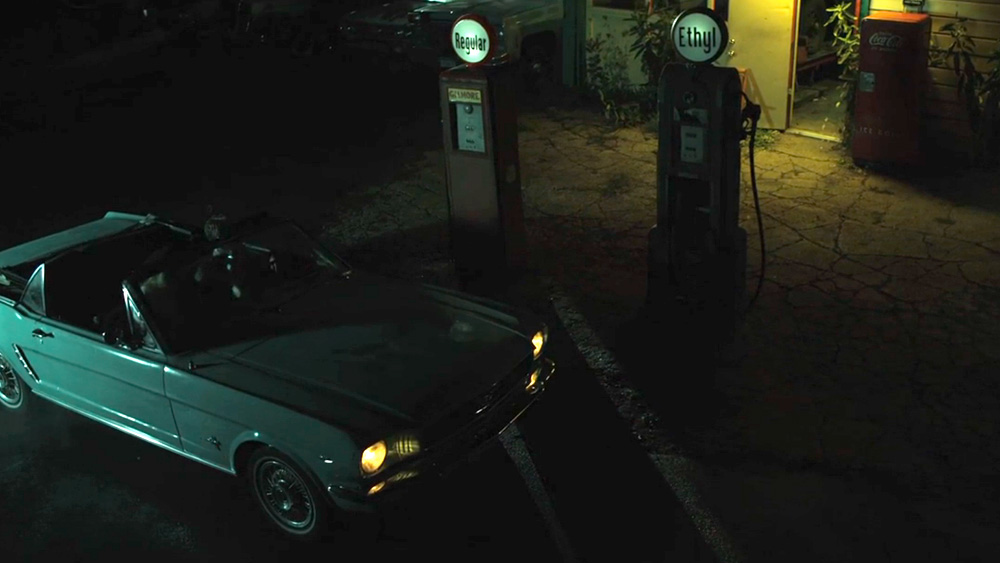Two young actors, strangers, are thrown together in a casting before spending a fleeting summer rehearsing and learning to fall in love on stage. As they are gently guided by their director (cupid), their own feelings take over.
Between the Lines was a project shot on 35mm, all on practical locations with an emphasis on improvisation from both the cast and crew. Rollo Hollins’s aim from the very beginning was to imbibe the film with as much reality as they could. They treated as much of the production as documentary as they could: Real casting tapes, large percentages of improvisation, caught moments and stolen locations.
Every department from the DoP to the costume was tasked with maintaining as much flexibility in the shoot as possible. Opting to shoot with a very cut down crew, but for a much longer shoot period than normal, multiple costumes, props and cast always at the ready so that we could grab as many tiny elements of the story as we saw fit in each location.
ADVERTISEMENTWe also purposefully structured the shoot as linearly as possible, so that the cast and crew felt we were all building towards the largest technically and most emotive scenes. Rollo worked with the key cast as early as possible before the shoot, so that a real friendship could grow an opportunity that Josh and Arienne threw themselves into. They even shot a lot of ‘home video’ footage in character, leading up to the main shoot days.
I wanted a sense of reality to continually bleed into the edge of the fiction. It was always planned that we would use real casting footage, camera rollouts, selfshot footage, iPhone video and unplanned improvisation to add to the sense of reality.
The film is just an incredible flow rabid emotions, highlighting an unprecedented connection between two performers. The swinging narration between both protagonists played by Josh Collins & Arienne Mandi, brilliantly sets an audio/visual bone-chilling ballet.
We shot 2-perf 35mm. Which was the choice from the very first treatment. Having written a film that had had to both feel tightly structured to the VO narrative but also loose and reactive, film helped imbibe the action, no matter how small, silly or inconsequential with a grander sense of cinema. For me it helps the viewer regard the smallest look or reaction as important (which it was, with the budget only allowing us 20 minutes of footage to shoot a day).




